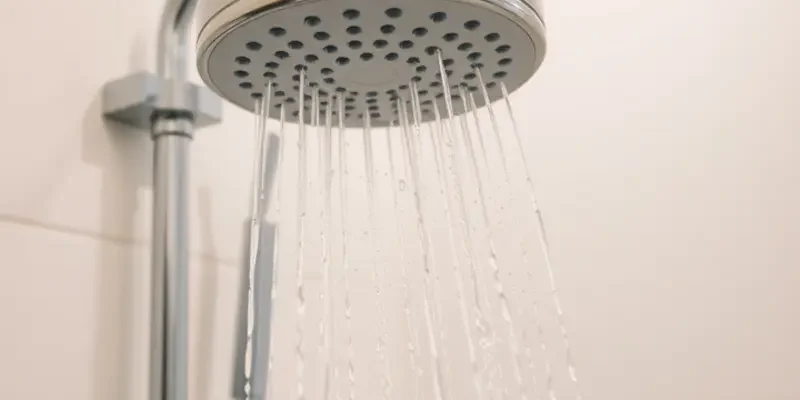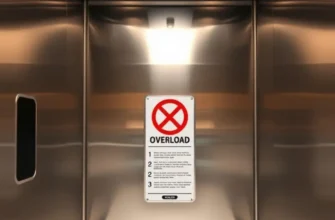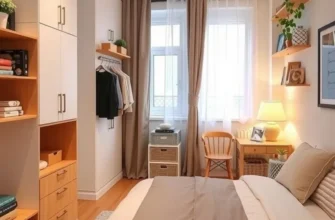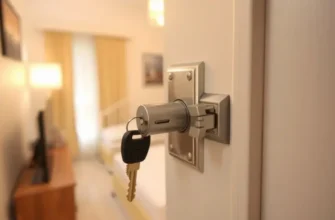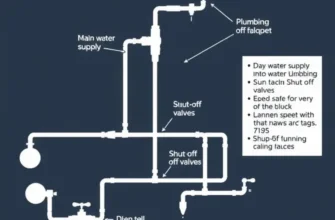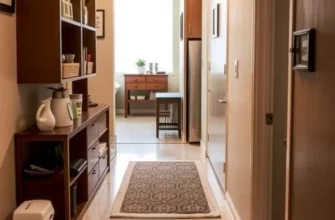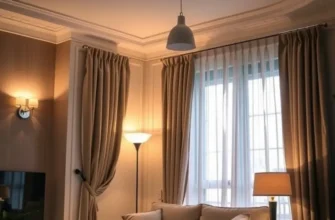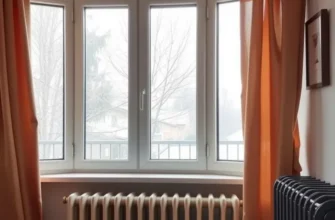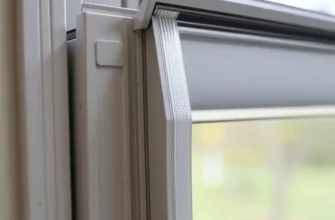Water pressure in your apartment can significantly impact your daily life. Whether it’s filling up the kettle, enjoying a refreshing shower, or flushing the toilet, proper water pressure is essential for smooth operations. As a renter, addressing water pressure issues swiftly can save you from inconveniences and potential damages. With concerns about safety and security always at the forefront, understanding how to safely adjust or report water pressure issues allows you to maintain a comfortable and functional living environment. This guide simplifies the process for renters, providing practical steps to assess your water pressure and work with property management when necessary. You’ll feel empowered in your rental experience, ensuring that you can enjoy your home without stress or frequent disruptions.
Understanding Water Pressure in Your Apartment
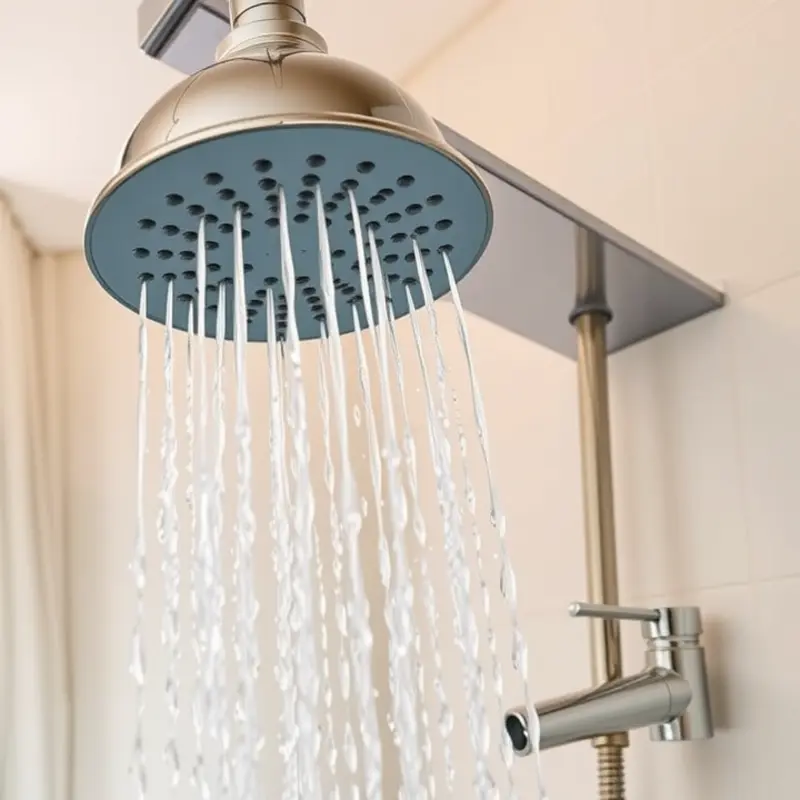
Water pressure in your apartment determines the force at which water flows from your fixtures. It is measured in pounds per square inch (PSI). A normal range for residential properties typically falls between 40 to 60 PSI. Maintaining water pressure within this range is crucial for ensuring both comfort and safety in your apartment.
High water pressure can cause serious issues. It leads to water waste and increases the chance of leaks or burst pipes. These problems can result in significant water damage to your belongings and potentially large repair costs. On the other hand, low water pressure can be equally disruptive. It causes inefficient use of appliances such as dishwashers and washing machines. Showers become frustratingly slow, which can make daily routines inconvenient and time-consuming.
Identifying inappropriate water pressure in your apartment involves a few key observations. If water gushes forcefully or fixtures make banging noises, the pressure might be too high. Conversely, low water pressure can manifest as weak shower flows or the inability to run multiple fixtures simultaneously. A water pressure gauge can provide a more accurate reading if you need one.
Dealing with water pressure issues also involves understanding the potential safety risks. Excessive pressure is not just about leaks; it can shorten the lifespan of your plumbing system. Over time, this could lead to corrosion, making your pipes fragile and more prone to catastrophic failure. Timely intervention can prevent damage to the apartment’s infrastructure and save you from costly legal implications as a renter.
It’s also essential to consider the security of your personal belongings in managing water pressure. Even minor leaks can escalate quickly, damaging floors, walls, and furniture. If you note any signs of water pressure issues, it is wise to contact your landlord or property management as soon as possible. They may need to assess the building’s pressure regulator or plumbing system to address the problem effectively.
For renters, understanding water pressure and its ramifications is an integral part of maintaining a safe and comfortable living environment. When neglected, fluctuating water pressure is not just a minor inconvenience but a potential threat to both your home and personal property.
To further ensure safety in your apartment, you might want to explore how a comprehensive first aid kit can improve your preparedness for home emergencies. You can read more about creating an Apartment First Aid Kit.
How to Address Water Pressure Issues as a Renter
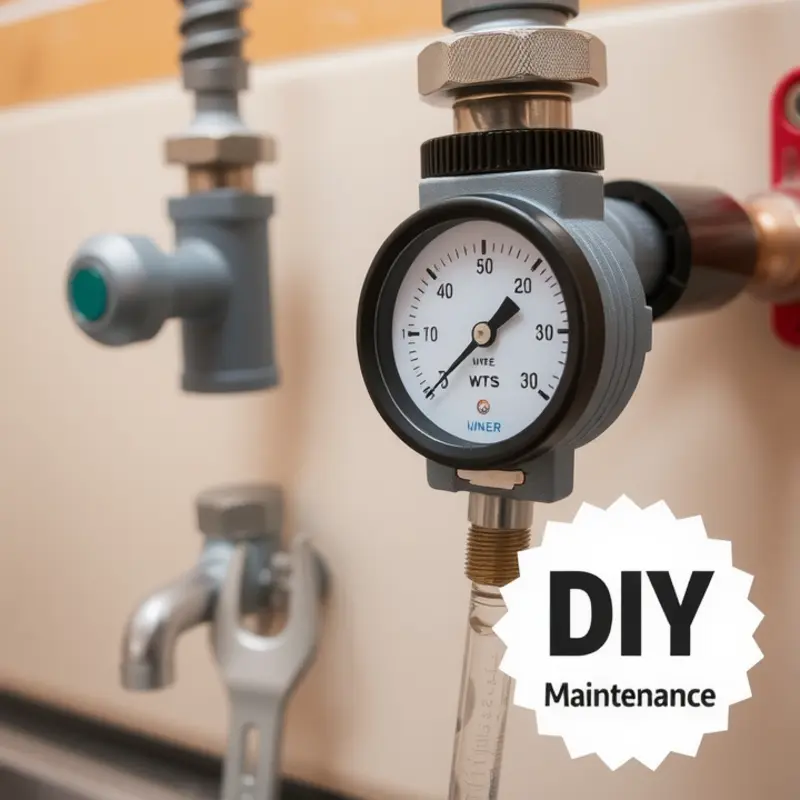
Dealing with water pressure issues in an apartment can be frustrating for any renter. However, with a systematic approach, you can identify and hopefully resolve these issues. The first step is to measure your water pressure. A pressure gauge, which is inexpensive and widely available, can do the trick. Attach it to your hose bib or water supply line, and the gauge should show your water pressure in psi (pounds per square inch). Ideal residential water pressure typically falls between 40 and 60 psi.
If you discover that your pressure is significantly outside these parameters, knowing the common causes can guide your next steps. Low water pressure might result from clogged pipes, a partly closed water meter valve, or issues with a pressure-reducing valve. High water pressure is often a sign of a malfunctioning pressure regulator. These components, often hidden away, can be the source of your problem.
For minor issues and if you’re comfortable with some basic DIY maintenance, you can attempt to solve the problem yourself. Cleaning aerators and showerheads is an easy first step. Mineral buildup can restrict water flow, so soak these in vinegar overnight to break down deposits. If you suspect a valve issue, inspect your apartment’s shut-off valves to ensure they’re fully open. For more in-depth projects, like adjusting a pressure-reducing valve, consult with a professional.
When taking on any DIY task, prioritize safety and verify your lease terms, as some agreements prohibit certain alterations. If DIY isn’t in your comfort zone, or if the issue persists, it’s crucial to communicate effectively with your property management team. Start by documenting the problem thoroughly. Record any measurements you took, describe the symptoms clearly, and note specific patterns, like whether the issue occurs at certain times of the day.
Then, file a formal maintenance request. Most property managers require this to create an official record. Be concise but detailed in your description. Emphasize the importance of addressing the issue for both comfort and safety. For insights into the types of rights you might have when these issues become problematic, see tenant rights in emergencies.
Regular follow-ups can help keep your request at the forefront. If email or an online portal is available, use these to maintain a clear paper trail. This can be vital if problems persist, ensuring you can evidence your proactive efforts to resolve the situation. With persistence and the right approach, you can enhance both your comfort and your apartment’s safety.
Final words
Understanding and managing water pressure in your apartment is vital for your comfort and convenience as a renter. By knowing how to assess your water pressure and recognizing potential issues early, you can prevent unwanted surprises and ensure your living environment remains safe and secure. Whether you choose to tackle minor adjustments yourself or engage your property management for further assistance, taking action can transform your rental experience. Create a seamless oasis in your home, allowing you to focus on enjoying your space without the hassle of plumbing troubles.

